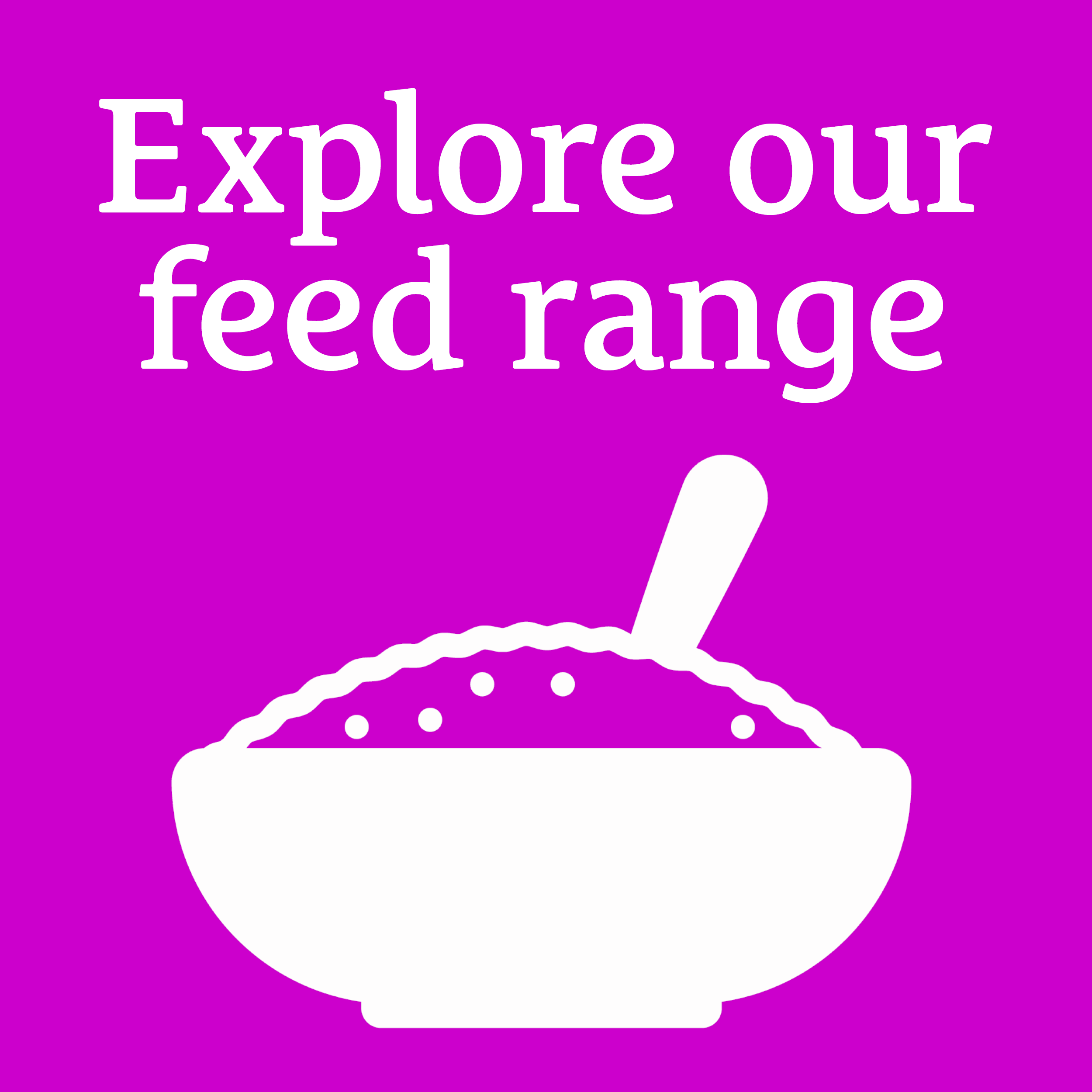Nutrition FAQs

Answers to your common questions
Here, we have put together answers to your most frequently asked questions. Some of the most common include, laminitis, weight management, how to manage excitability, feeding senior horses and how to feed your new horse. Also find out the truth about sugar and protein. Please use our categories belowor if you’re after something specific use our search bar below.
FAQs
-
How much can I safely feed in one meal?
Feed a maximum of 2kg per meal (dry weight) for horse horses over 400kg, less for ponies. Horses and ponies prone to certain clinical conditions may benefit from smaller meals; speak to a nutritionist for more advice on this.
How do I introduce a new feed safely?
All dietary changes should be made gradually, including changes in forage. As a general guide, replace 500g of old/ current feed for 500g of new feed every other day (less for ponies). However if your horse/ pony is prone to any clinical conditions such as colic, tying up or laminitis, always seek advice from a nutritionist before changing his feed. Ideally, new hay, haylage and pasture should always be introduced gradually too.
How do I ensure my horse/ pony’s diet is balanced?
The most suitable way of balancing your horse/ pony’s diet will depend on his condition. Balancers are the ideal option for those able to maintain weight on forage alone, whilst compound feeds will provide additional energy (calories) as well as vitamins, minerals and quality protein required for a balanced diet provided they are fed at the recommend ration.
How can I give my horse/ pony more energy without causing weight gain?
Unfortunately calories and energy are exactly the same thing which means it is impossible to feed more of one without the other. If your horse is already in good or overweight condition, any lack of energy under saddle is not caused a lack on in the diet, so avoid the temptation to increase his feed. Where necessary, slimming your horse down a healthy body condition score and improving his fitness may also help to improve his natural energy levels.
What should I look for when choosing feeds for an excitable horse/ pony?
Although diet is just one of many factors that can affect behaviour, feeds high in cereal starch can certainly exacerbate excitable temperaments. Start by avoiding all mixes and look for fibre based feeds containing less than 15% starch initially. When additional calories are required, feeds high in oil provide a sympathetic alternative to cereal starch.
Which SPILLERS feeds are suitable for laminitics?
SPILLERS HAPPY HOOF, HAPPY HOOF Molasses Free, Speedy-Mash Fibre and all SPILLERS balancers are ideal for good doers prone to laminitis. If your horse or pony is normally a poor doer or has recently lost weight, please contact the Care-Line for more advice.
How long should I soak my horse/ pony’s hay to help reduce the sugar content?
Research has shown that soaking hay for 12-16 hours in tepid water can reduce water soluble carbohydrate content by up to 50%. However, it is important to remember that results are variable and soaking alone cannot guarantee suitability for laminitics. Reduce soaking to a maximum of 6 hours in hot weather.
How much hay/ haylage should I feed?
Ideally hay/ haylage should be fed ad-lib, particularly for stabled horses or those with limited grazing. For good-doers, total forage intake (including grazing) should not be restricted to less than 1.5% bodyweight (DM) per day. In practice:
Ignore grass intake in horses turned out for only a few hours
Feed a minimum of half the horse’s minimum daily forage ration as hay/ haylage for horses stabled for 12 hours i.e. 4kg for a 500-550kg horse
Feed 1.2-1.5 (20-50%) more haylage than hay by weight to account for the higher moisture content
Good doers may winter out on grazing alone except for in the coldest of weather or when the grass is covered in snow
What is a balancer?
Balancers are small, nutrient dense pellets formulated to provide a concentrated source of vitamins, minerals and quality protein, alongside a negligible level of calories when fed at the recommended ration. Some balancers also contain added functional ingredients such as live yeast or glucosamine. Balancers are ideal for horses and ponies that maintain weight easily on forage only diets or less than the recommended ration of feed.
Are any of the SPILLERS feeds molasses free?
Yes! SPILLERS HAPPY HOOF Molasses Free, Fibre Lite Molasses Free, Speedy-Mash Fibre, Senior Super-Mash, Digest+ Conditioning Cubes, Stamina+ Cubes and Perform & Restore Mash are ideal for owners that are concerned about the inclusion of molasses. However for horses and ponies prone to conditions such as laminitis, it is the total amount of sugar in the diet that is important and not the inclusion of individual ingredients such as molasses. Many feeds containing molasses are in fact low in sugar.



